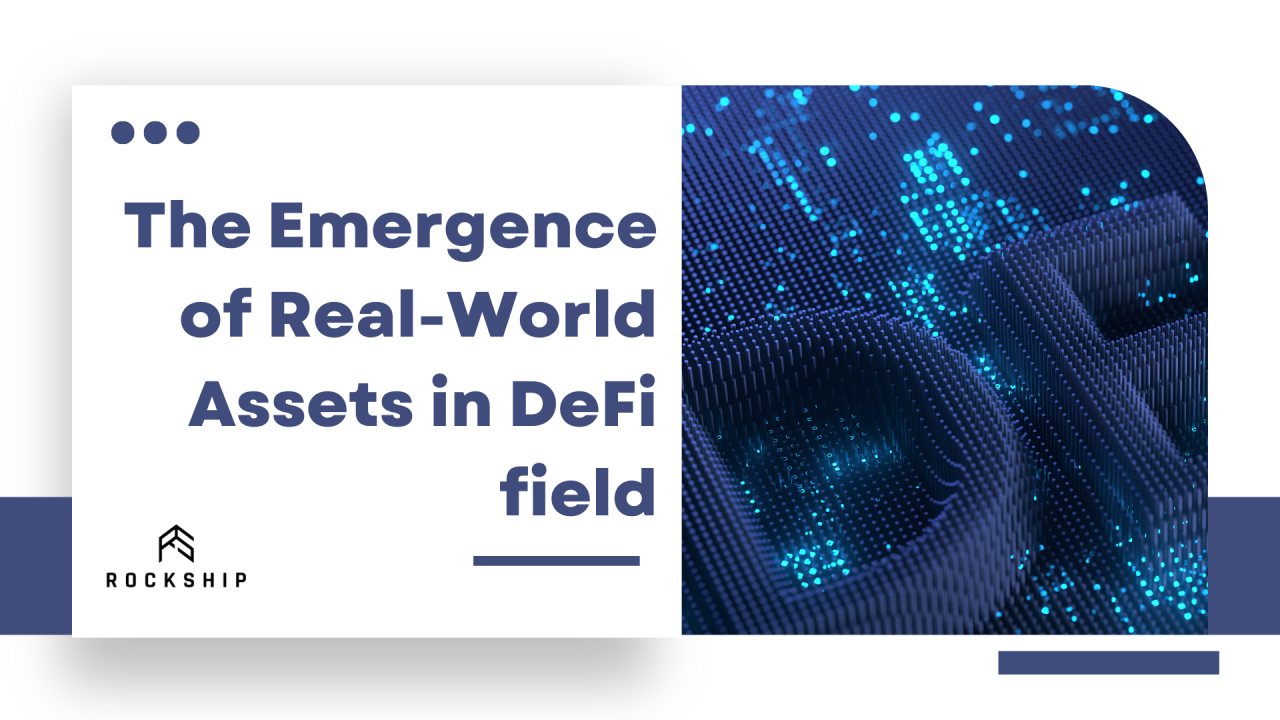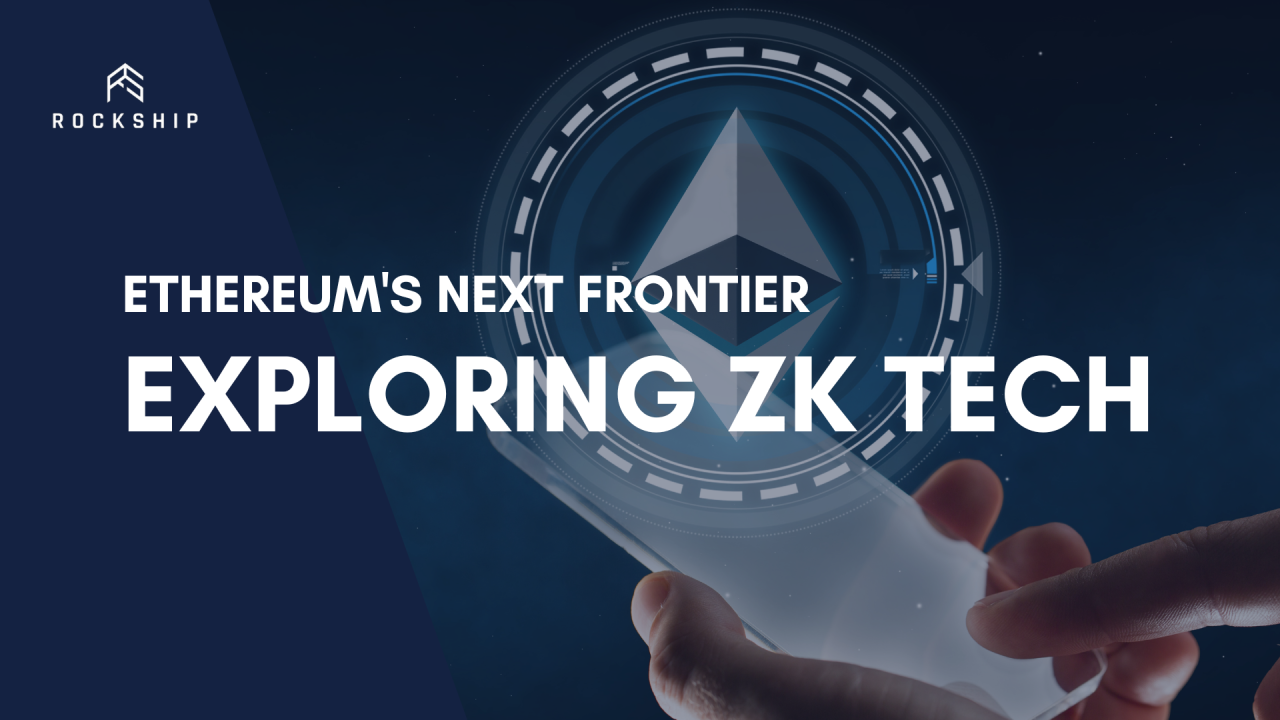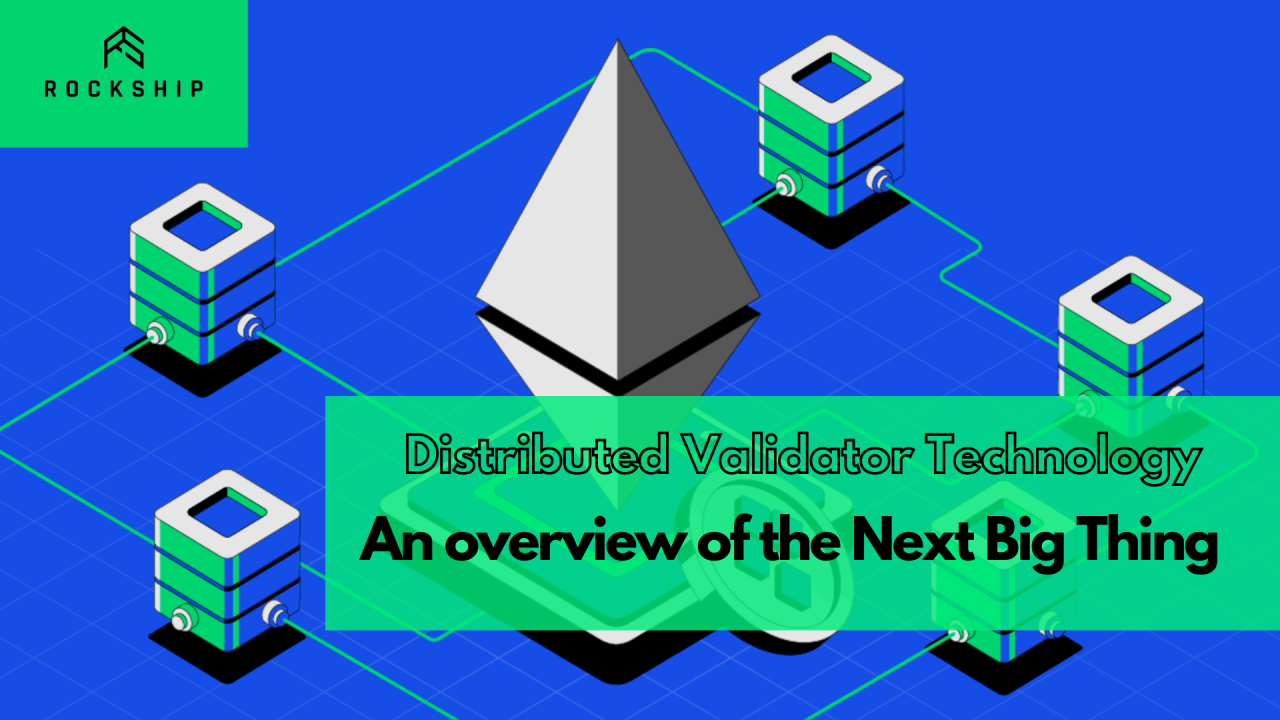Decentralized Finance (DeFi) is evolving at a rapid pace. New innovations are unlocking liquidity and enabling novel use cases for digital assets. One of the most promising developments is the rise of tokenized real-world assets. As an investor, you now have opportunities to gain exposure to assets that were previously difficult to access or trade, such as real estate, art, and other collectibles.
Tokenization is the process of representing real-world assets on the blockchain. By issuing digital tokens that represent ownership or stake in an asset, illiquid assets can become tradable 24/7 on global secondary markets. Investors can buy and sell fractional ownership of assets and build diversified portfolios that blend digital and real-world assets.
For DeFi, tokenized real-world assets open up an entirely new design space for lending, trading, and yield-generating protocols. By tapping into real-world assets worth trillions of dollars, DeFi can achieve scale and sustainability. Users gain access to new yield and trading opportunities from assets they understand and trust. Overall, tokenized real-world assets are poised to transform DeFi by bridging the gap between the physical and digital worlds. The future is bright for this burgeoning field.
What Are Real-World Assets (RWA)?
Real-world assets (RWA) refer to physical assets with tangible value, such as real estate, commodities, vehicles, and collectibles. These assets are increasingly being tokenized, meaning their ownership is being represented by digital tokens that can be bought, sold or traded on the blockchain.
The integration of Real-World Assets (RWA) into decentralized finance (DeFi) has significantly expanded the range of financial opportunities and services available to users, including lending, borrowing, and trading. RWA refers to the inclusion of tangible assets or traditional financial instruments within blockchain-based systems. One prominent example of RWA in DeFi is the creation of stablecoins, wherein a specific amount, such as $1, is held in a bank and then tokenized on a blockchain. These stablecoins provide a bridge between the traditional financial world and the decentralized ecosystem by maintaining a stable value tied to a real-world asset. The increasing prevalence of RWA in DeFi underscores the growing importance of incorporating real-world assets into blockchain-based financial solutions.
In summary, the tokenization of real-world assets is poised to disrupt traditional investing and financing. By making high-value, physical assets more accessible, liquid and interoperable, tokenized real-world assets are creating opportunities for both individual investors and the companies involved in the process. As this trend continues to accelerate, the possibilities for innovation in decentralized finance will multiply.
The potential impact of RWAs on DeFi protocols.
The emergence of tokenized real-world assets (RWA) brings new opportunities to the Decentralized Finance (DeFi) space. RWAs that are tokenized and integrated into DeFi protocols could significantly impact the DeFi ecosystem.
- Increased liquidity. Tokenized RWAs would bring more liquidity into DeFi lending protocols and exchanges. Investors can trade in and out of positions quickly without going through a lengthy sale process. This makes RWA tokens attractive to institutional investors and high net worth individuals looking to diversify their portfolios.
- New collateral types. RWAs like real estate, commodities, and infrastructure can be used as collateral in DeFi lending protocols. This reduces risk for lenders and provides more financing opportunities for borrowers. For example, a property owner could take out a loan using their real estate as collateral without having to sell the property.
- Reduced volatility. RWAs are typically less volatile than cryptocurrencies. Their inclusion in DeFi protocols could help stabilize interest rates and reduce the risk of sudden price crashes. This makes DeFi more appealing to mainstream investors and users.
- Automation of asset ownership. With smart contracts, RWAs can be managed and transferred automatically, eliminating the reliance on intermediaries and enabling faster and more efficient transactions. Smart contracts can be programmed to include compliance requirements, ensuring that all legal and regulatory obligations are met seamlessly. This enhances transparency, and reduces errors or disputes, ultimately improving the overall efficiency.
Integrating real-world assets into DeFi enables the emergence of institutional DeFi, combining the efficiency of decentralized finance with regulatory safeguards. Institutional DeFi addresses AML and KYC requirements, ensuring compliance and attracting institutional players seeking higher regulatory standards. This convergence fosters a credible and stable ecosystem, facilitating broader participation and collaboration between traditional financial institutions and the blockchain-based DeFi sector.
Recent RWA revolutions in other industries.
RWAs in Real Estate
The traditional real estate market has historically been exclusive, illiquid, and associated with high entry barriers and a complex process. However, the inclusion of Real-World Assets (RWA) in the blockchain ecosystem has brought about greater accessibility and affordability to real estate investment. Millennials, in particular, have shown a preference for renting rather than committing to long-term mortgages. Real estate agents and investors can leverage the opportunities presented by RWA to cater to the demands of this demographic. The tokenization of real estate assets on the blockchain has led to a significant transformation in the market, with RWA accounting for nearly 40% of the market size. This shift towards digitized assets, including digital land, aligns with the evolving needs and preferences of millennials, thereby shaping the future of the real estate industry.
RWAs in Art and Collectibles
The process of tokenizing art pieces or collectibles offers the advantage of fractional ownership, dividing the ownership into multiple shares. This fragmentation enhances accessibility, enabling a wider range of investors to participate in the ownership of these assets. As a result, tokenization boosts liquidity and increases price transparency in the market for art and collectibles. The utilization of blockchain technology ensures the prevention of forgery or fraudulent activities by maintaining an immutable record of the artwork's provenance and ownership history. This transparency and immutability facilitate the secure and efficient trading of tokenized art pieces or collectibles on digital platforms. Non-Fungible Tokens (NFTs) are the most prevalent form of RWA in the context of art and collectibles, offering unique digital representations of these assets on the blockchain.
Challenges and Road Ahead
While tokenized real-world assets hold a lot of promise for DeFi, there are still significant challenges to overcome before mainstream adoption.
Fragmentation
Fragmentation of ownership, although beneficial in terms of fractionalization, can introduce challenges in reaching consensus and making decisions related to the asset. As ownership becomes more diversified through tokenization, it can become increasingly challenging to achieve agreement among token holders. This fragmentation may potentially give rise to conflicts and disagreements that could impact the overall value and stability of the asset. It is important for token holders and stakeholders to establish effective governance mechanisms and communication channels to address and resolve conflicts in order to maintain the value and integrity of the asset.
Lack of Regulation
Currently, there is little regulation around tokenized assets. This legal uncertainty deters many traditional investors and companies from entering the space. Regulations need to be implemented to protect investors while still fostering innovation.
Complex Technology
The technology behind tokenized assets can be complex, requiring specialized knowledge to implement and understand. This high barrier to entry prevents some from creating or investing in these assets. Simpler, more user-friendly systems need to be developed for mainstream use.
Conclusion
As you have seen, tokenized real-world assets are emerging as an exciting new frontier in decentralized finance. By bringing real-world assets on-chain and making them liquid and tradable, a whole new set of opportunities open up. Although still in its infancy, the potential for growth in this sector is enormous. For investors, it opens up access to new asset classes that were previously inaccessible. For asset owners, it unlocks the ability to tap into global liquidity pools and access new financing options.
The possibilities are vast, but realizing them will require overcoming significant challenges around regulation, security, and adoption. If done right, tokenized real-world assets could help propel decentralized finance into the mainstream and usher in a new era of open finance. The future remains unclear, but one thing is certain—the next few years will be pivotal in shaping the trajectory of this burgeoning industry.



